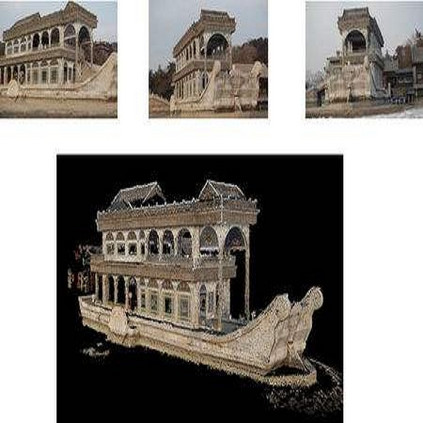In the rapidly evolving field of 3D reconstruction, 3D Gaussian Splatting (3DGS) and 2D Gaussian Splatting (2DGS) represent significant advancements. Although 2DGS compresses 3D Gaussian primitives into 2D Gaussian surfels to effectively enhance mesh extraction quality, this compression can potentially lead to a decrease in rendering quality. Additionally, unreliable densification processes and the calculation of depth through the accumulation of opacity can compromise the detail of mesh extraction. To address this issue, we introduce MVG-Splatting, a solution guided by Multi-View considerations. Specifically, we integrate an optimized method for calculating normals, which, combined with image gradients, helps rectify inconsistencies in the original depth computations. Additionally, utilizing projection strategies akin to those in Multi-View Stereo (MVS), we propose an adaptive quantile-based method that dynamically determines the level of additional densification guided by depth maps, from coarse to fine detail. Experimental evidence demonstrates that our method not only resolves the issues of rendering quality degradation caused by depth discrepancies but also facilitates direct mesh extraction from dense Gaussian point clouds using the Marching Cubes algorithm. This approach significantly enhances the overall fidelity and accuracy of the 3D reconstruction process, ensuring that both the geometric details and visual quality.
翻译:暂无翻译





